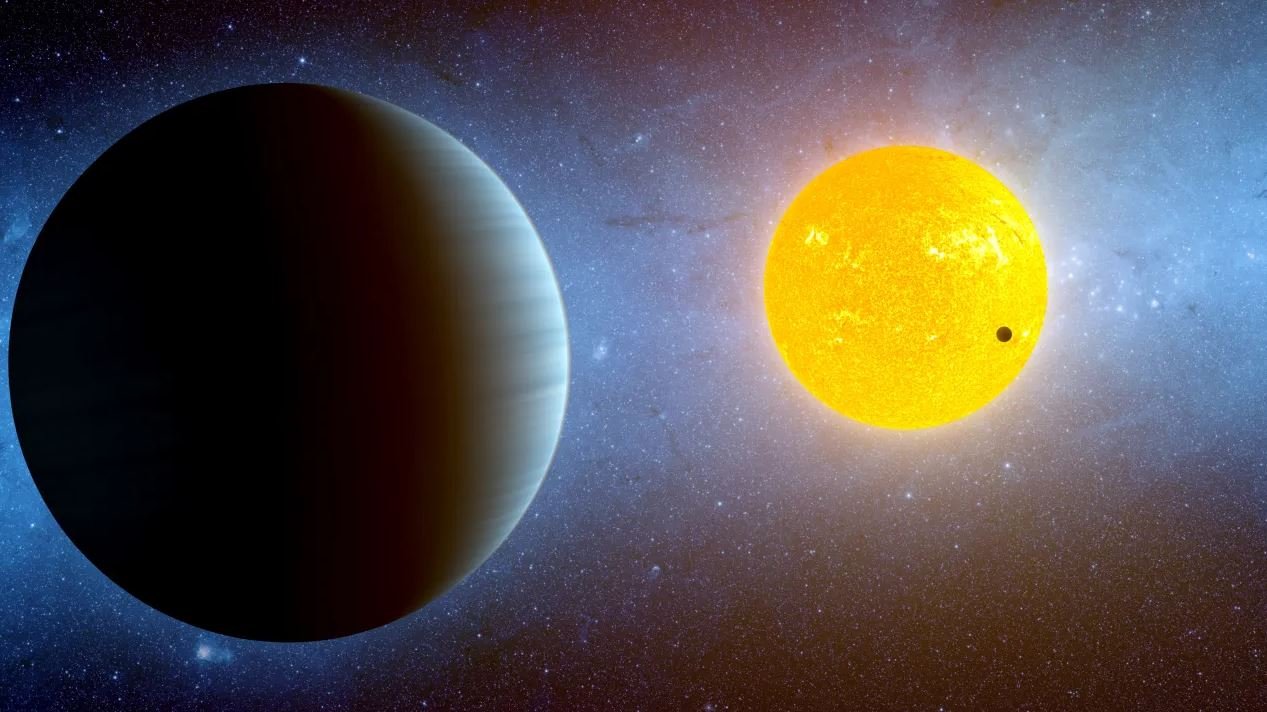A team of scientists discovered the planet HD 63433 d, according to a study published in the scientific journal The Astronomical Journal and presented during the annual American Astronomical Society Meeting.
The cosmic object is located approximately 73 light-years from Earth and, according to scientists, The exoplanet’s surface is covered in lava, similar to what our planet was like millions of years ago.
The researchers explain that the exoplanet is slightly larger than Earth and orbits a dwarf star similar to the Sun; Their similarities could answer important mysteries about the formation of planets like ours. The HD 63433 is very similar in some ways and different in others: It is the smallest planet ever discovered, having formed less than 500 million years ago.
Using data collected by the Transiting Exoplanet Survey Satellite (TESS) telescope, the study found that the exoplanet’s star formed just over 400 million years ago. In other words, it is much younger than our Sun. Currently, scientists claim that three exoplanets orbit it: HD 63433 and two other mini-Neptunian exoplanets.
“It’s a useful planet because it can resemble early Earth. Despite having a very close orbit, we can use tracking data to look for evidence of outgassing and atmospheric losses, which could be important constraints on how terrestrial worlds evolve. But that’s where the similarities end – and it ends dramatically,” said astrophysicist and co-author Melinda Soares-Furtado of the University of Wisconsin-Madison in the United States.
Planet covered in lava
The radius of exoplanet HD 63433 d is about 1.1 times that of Earth, and although scientists cannot detail the size and mass of the cosmic object, They explain that it is probably a rocky planet.
Moreover, it is possible that one side of the exoplanet always faces the star; For this reason, This part is covered with molten lava whose temperature can reach 1,297 degrees Celsius during the day.
The data shows that the planet completes its orbit around the star every 4.2 days, so it is much closer to the Earth and the Sun. Millions of years ago our planet may have been exposed to temperatures exceeding 2 thousand degrees Celsius. Researchers state that they will continue research to better understand the planet’s similarity to Earth.
“The planet is uniquely positioned for further study. Its young, vibrant star is visible from both the Northern and Southern Hemispheres, allowing the South African Large Telescope or the WIYN Observatory in Arizona (both UW-Madison’s design and that it helped build. In the statement made by the University of Wisconsin-Madison, it was said that “it will be directed to the system”.
At TecMundo, I’m always kept up to date on the latest astronomical discoveries and embrace the opportunity to learn more about exoplanets similar to planet Earth.
Source: Tec Mundo
I’m Blaine Morgan, an experienced journalist and writer with over 8 years of experience in the tech industry. My expertise lies in writing about technology news and trends, covering everything from cutting-edge gadgets to emerging software developments. I’ve written for several leading publications including Gadget Onus where I am an author.













